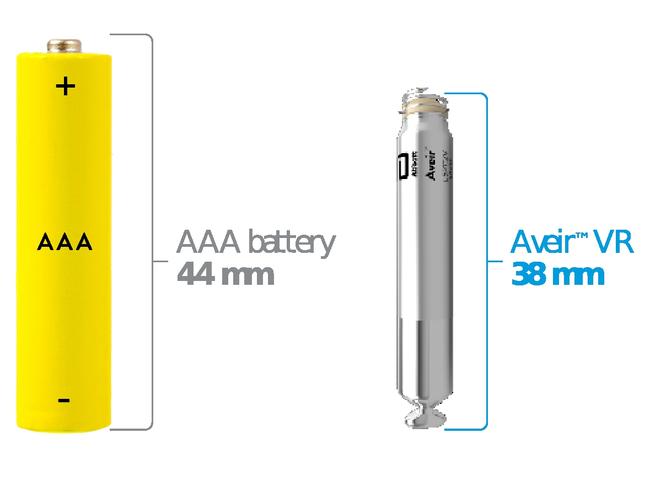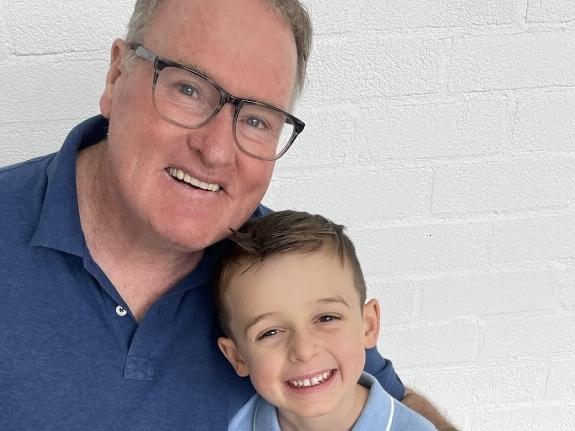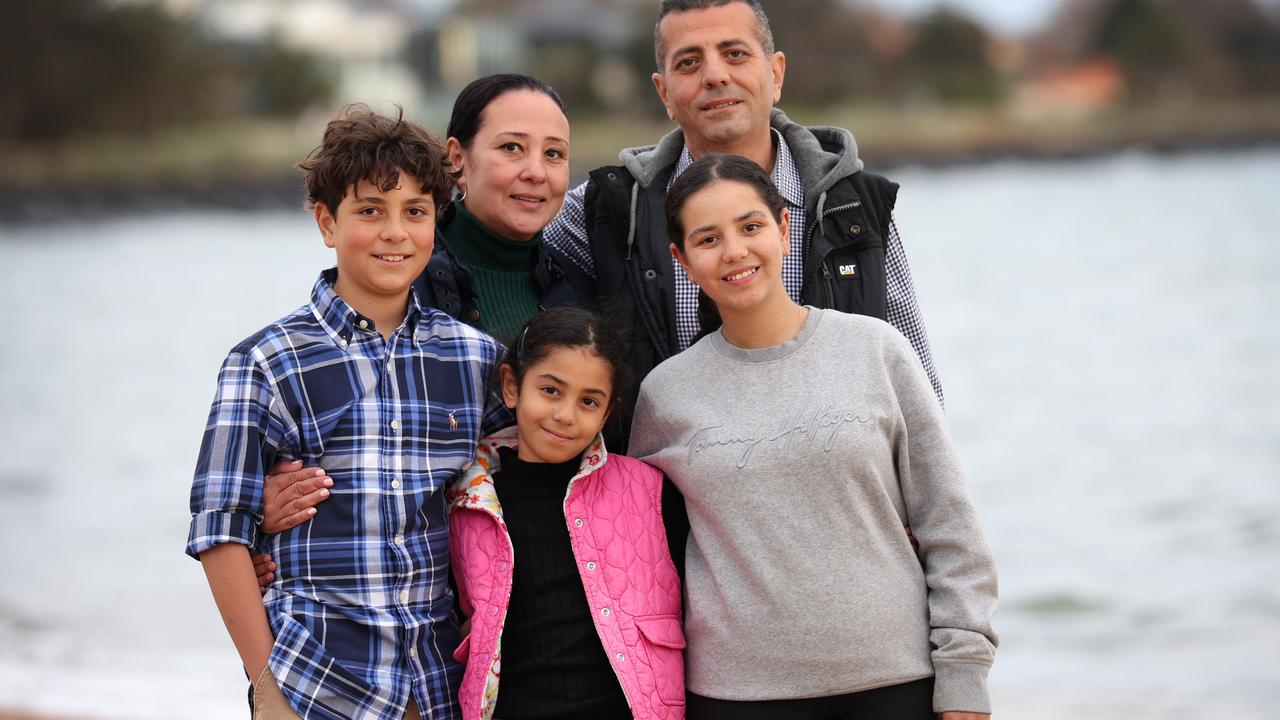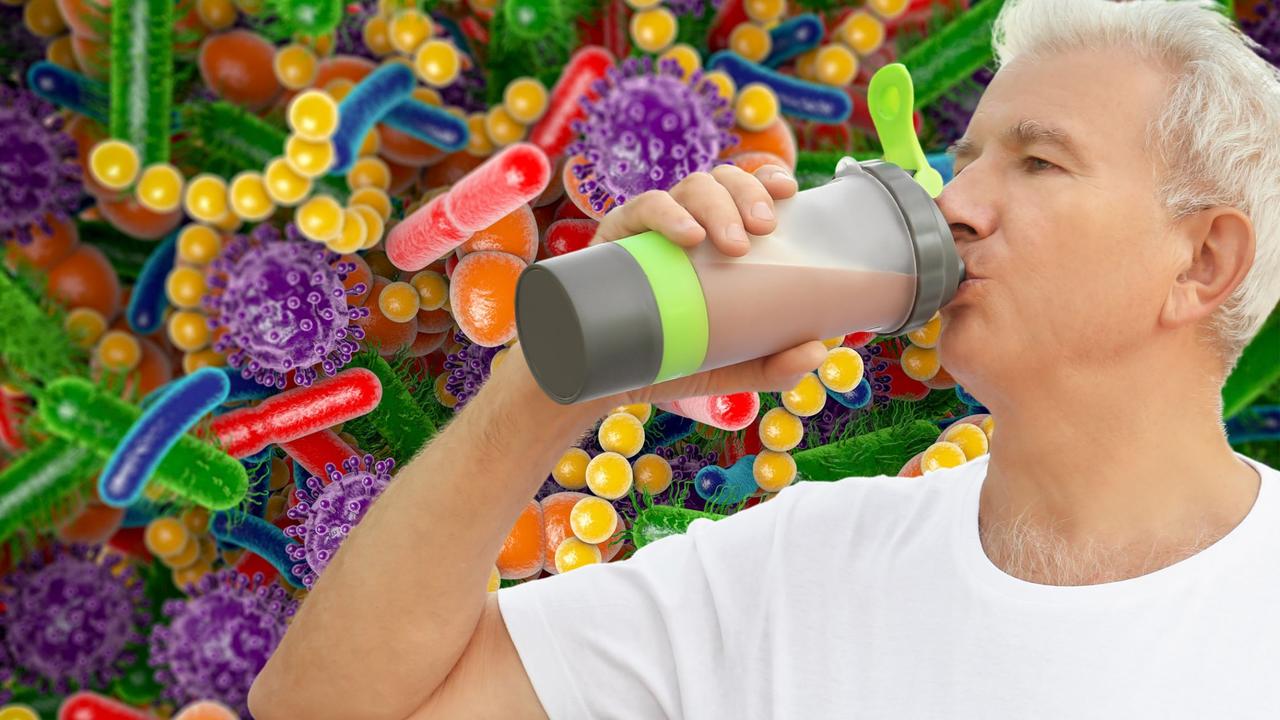Former footballer Phil finds new pacemaker a game-changer
Former footballer Phil Stevenson is among the first to get a new kind of pacemaker that’s smaller than an AAA battery and doesn’t have a lead. This is why it’s better.
Heart Health
Don't miss out on the headlines from Heart Health. Followed categories will be added to My News.
A new generation pacemaker that’s smaller than a AAA battery and has no external wires has been a game-changer for former country footy player Phil Stevenson.
The 71-year-old is one of the first Victorians to receive the lead-free device that prevents the heart from beating too slowly.
He is also one of around 200,000 Australians living with pacemakers, most over the age of 60 years.

Epworth cardiologist Professor Michael Wong performed Mr Stevenson’s procedure using what he calls a state-of-the-art pacemaker of the future.
They are bullet-shaped devices inserted through a catheter in the top of the leg through the skin. They can be placed in each chamber of the heart, syncing together wirelessly using electrical impulses.
“Traditionally there’s a fair bit of hardware involved and that has all been miniaturised and self-contained,” Professor Wong said.
He said it was a big leap from the first implanted pacemakers of the 1970s that were the size of a small whiskey can and required invasive surgery to insert with only rudimentary tools available at the time.
“Now there are no externally obvious scars or bumps, or anything that can interfere with a person’s quality of life.” Professor Wong said.
“Importantly, for the older population, it also reduces the risk of infection and eliminates the common failures associated with wires and generators, which have traditionally been the Achilles’ heel of these systems due to wear and tear.”

Former schoolteacher Mr Stevenson found out he needed a pacemaker during routine tests to prepare for hip replacement surgery.
He has always kept himself fit and in his younger days tried out at North Melbourne.
A serious knee injury in pre-season ended his VFL dreams, but he went on to play more than 300 games for teams around the Shepparton area.
Mr Stevenson was a phys-ed teacher who for many years also helped to organise an annual ride in Shepparton for the Good Friday Appeal. This raises funds to further transform care at the Royal Children’s Hospital by supporting vital programs, research and equipment.
For the last decade he had been treated for atrial fibrillation, an irregular and often rapid heart rhythm, but a 24-hour monitor before hip surgery confirmed just how serious it had become.

“I got a phone call from the consultant physician after he got the results who said it was now pretty severe,” Mr Stevenson said.
“He got me into see a ripper bloke, Professor Michael Wong, who recommended I have a pacemaker.”
Mr Stevenson says he considers himself lucky the new technology came along when it did.
“The original ones were as big as your fist and they had to cut you open and wire you up and then those wires would protrude from the chest, whereas the one I got is honestly like the smallest of batteries.”
Professor Wong recently received an Epworth Medical Foundation Innovation Grant to further research the technology to broaden its use.
“I think this (state-of-the-art technology) is where we are heading,” he said. “It covers a much wider cohort of patients, including younger ones, and is theoretically retrievable down the track.
“When the battery runs out, in 18-20 years, you can go back and take it out and replace it with a new one. That is a game changer in itself.”





